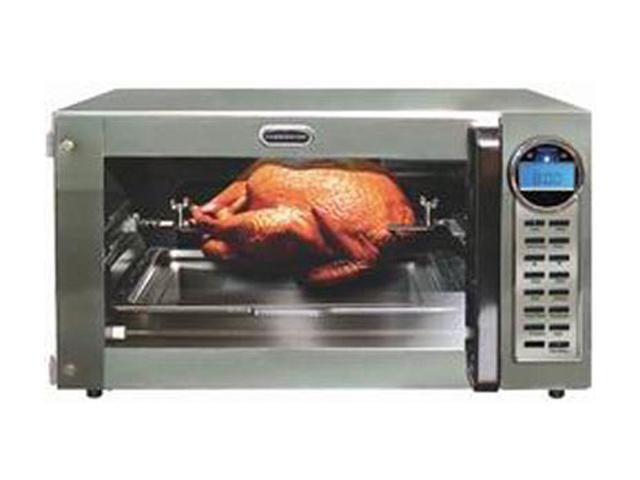Hmmm
I LOVE convection ovens! I've never had any issues with them. Conventional ovens I've had plenty of issues with, but never a convection oven.
Even in all the bakeries I worked in had convection ovens. And my base work in all the bakeries I worked in were cakes of all kinds.
We also had a pizza oven we used for other kinds of pastries, cookies, and such, but the main oven we used was the convection ovens.
From my experience, I agree with Norcalbaker, you want an oven that can do both conventional and convection, as I also agree some pastries don't do well with convection.
I have to disagree on the cakes though. I've baked all kinds of cakes and cookies, biscuits, scones, tarts, and such in convection ovens all of my baking career and I've never had anything turn out burned, dry, discolored, or inedible.
From my experience, convection is a must for cakes.
You need that dry, hard heat of a conventional oven for things like cookies that are supposed to be crunchy or hard, brownies, and anything that is supposed to be flaky, like croissants, they just turn out better with the dry, hard heat.
As for anything else, like meats, I've tried to bake a turkey via convection, and it just took forever. It's best to cook conventionally for meats. But if you want to heat up an already cooked meat without drying it out, then heat it up with convection.
I have a standard oven in my apartment, and I wish it was a hybrid of both. I do have a small countertop convection oven though, and I do use that for baking my cakes.
I also agree with Norcalbaker that you shouldn't believe all the hype and sales gimmicks.
Do your research on what you need any appliance for, and see what people say about it online or how they rate it. See if it is something you really need or will actually work for you.
You don't want to waste money on something like a large oven and it end up not being something that works for what you do.
If you can't find a hybrid oven, see if getting a less expensive conventional standard size oven will work for you, then you can see about getting a countertop convection oven as well, and just use that as needed or warranted. There are some nice, good counter top convection ovens out there.
This is an old model, but it's a JC Penny brand countertop convection oven. It also has conventional oven features, as well as toasting and broiling. I love it. Actually, I rarely use my standard oven anymore.

